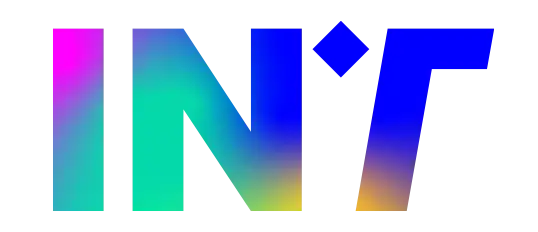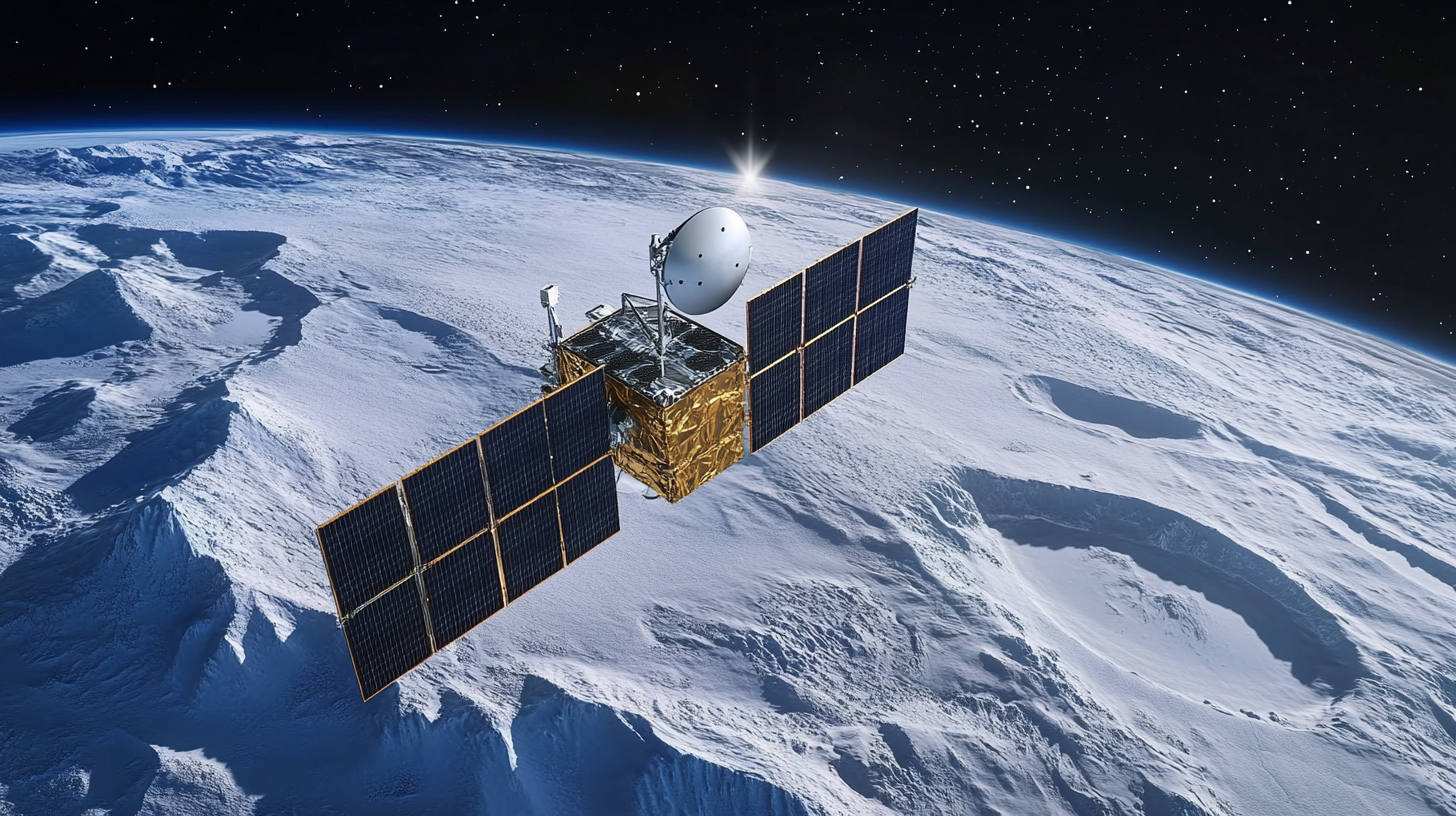April 9, 2025 marks an important date in the global telecommunications landscape: Amazon will initiate the launch of 27 satellites into space, officially kicking off Project Kuiper, an ambitious project aimed at providing high-speed internet worldwide. This move is part of Amazon’s broader strategy to develop a satellite connectivity system that directly competes with Starlink, SpaceX’s global satellite network, owned by Elon Musk, which currently operates thousands of satellites in orbit.
Project Kuiper: Amazon’s New Challenge to Starlink
Project Kuiper is designed to address one of the main challenges related to global connectivity: access to the internet in remote or underserved areas where terrestrial networks are not feasible. With the ambition to revolutionize the industry, Amazon plans to launch a constellation of satellites in low Earth orbit (LEO), which will offer faster and more stable internet service. The first step in this journey will be the launch of 27 satellites, a significant number marking the start of a series of planned missions.
In fact, Amazon has planned about 80 launch missions, each carrying dozens of satellites into space. These satellites will be positioned at an altitude of approximately 450 kilometers above Earth, an orbit that ensures low latency and more direct communication with the Earth’s surface. The ultimate goal is to create a satellite constellation large enough to surpass Starlink’s, which currently has over 3,000 operational satellites.
Amazon’s Strategy: Reducing Visual Impact
A distinctive aspect of Project Kuiper is the design and technology of its satellites. Amazon has decided to coat its satellites with a dielectric mirror film, a design choice aimed at minimizing the visual impact of the satellites. This coating diffuses the reflected sunlight, making the satellites less visible to optical telescopes on Earth. This move differentiates Project Kuiper from Starlink, which has faced criticism regarding light pollution and its interference with astronomical observations, a problem already highlighted by researchers and astronomers.
With the dielectric coating, Amazon seeks to avoid the same visual pollution issues that Starlink satellites have caused, which were accused of disrupting astronomical research. Thanks to this innovation, Project Kuiper could gain a competitive edge not only in terms of internet service efficiency but also in its environmental sustainability and approach to space observation.
Competing with Starlink
Starlink currently holds a significant advantage: with thousands of satellites already in orbit and an active service available in many regions worldwide, SpaceX’s initiative is one of the major successes in satellite telecommunications. However, Project Kuiper aims to provide serious competition, targeting a larger satellite constellation and a service that may be even more powerful and comprehensive.
Leveraging its capacity for investment and its infrastructure and computing power, Amazon has high ambitions in the sector. Moreover, the company’s goal of launching its satellite internet service by the end of 2025 demonstrates its urgency and determination to compete in the market. If it meets the deadline, Project Kuiper could begin operations before Starlink completes its global network, pushing innovation to a new level.
A Global Challenge
The competition between Project Kuiper and Starlink is not limited to just technological aspects. Both initiatives aim to transform the global telecommunications landscape by providing internet access to millions of people who have lacked high-speed connectivity until now. The growing demand for solutions to internet access in rural, remote, or underserved areas is fueling interest in this type of technology. Both Amazon and SpaceX are aiming to meet this demand, but with different approaches.
Starlink, with its faster approach and already operational network, certainly holds an initial advantage. However, Amazon’s technological drive and the innovations promised by Project Kuiper could help narrow this gap, offering new solutions for those in search of global, stable, and fast internet connectivity.
Conclusion: A Competitive Future for Satellite Internet
The launch of 27 satellites for Project Kuiper is just the first step in Amazon’s journey. While Starlink has a good head start in terms of the number of operational satellites and coverage, the rivalry between the two giants could lead to extraordinary technological advancements in the field of satellite communications. Innovations such as the dielectric coating of satellites may have a significant impact on the future of space telecommunications, reducing light pollution and improving system efficiency.
Amazon is expected to launch its satellite internet service by the end of 2025, marking the beginning of a new era in global connectivity, characterized by competition, innovation, and revolutionary potential for millions of users worldwide.






